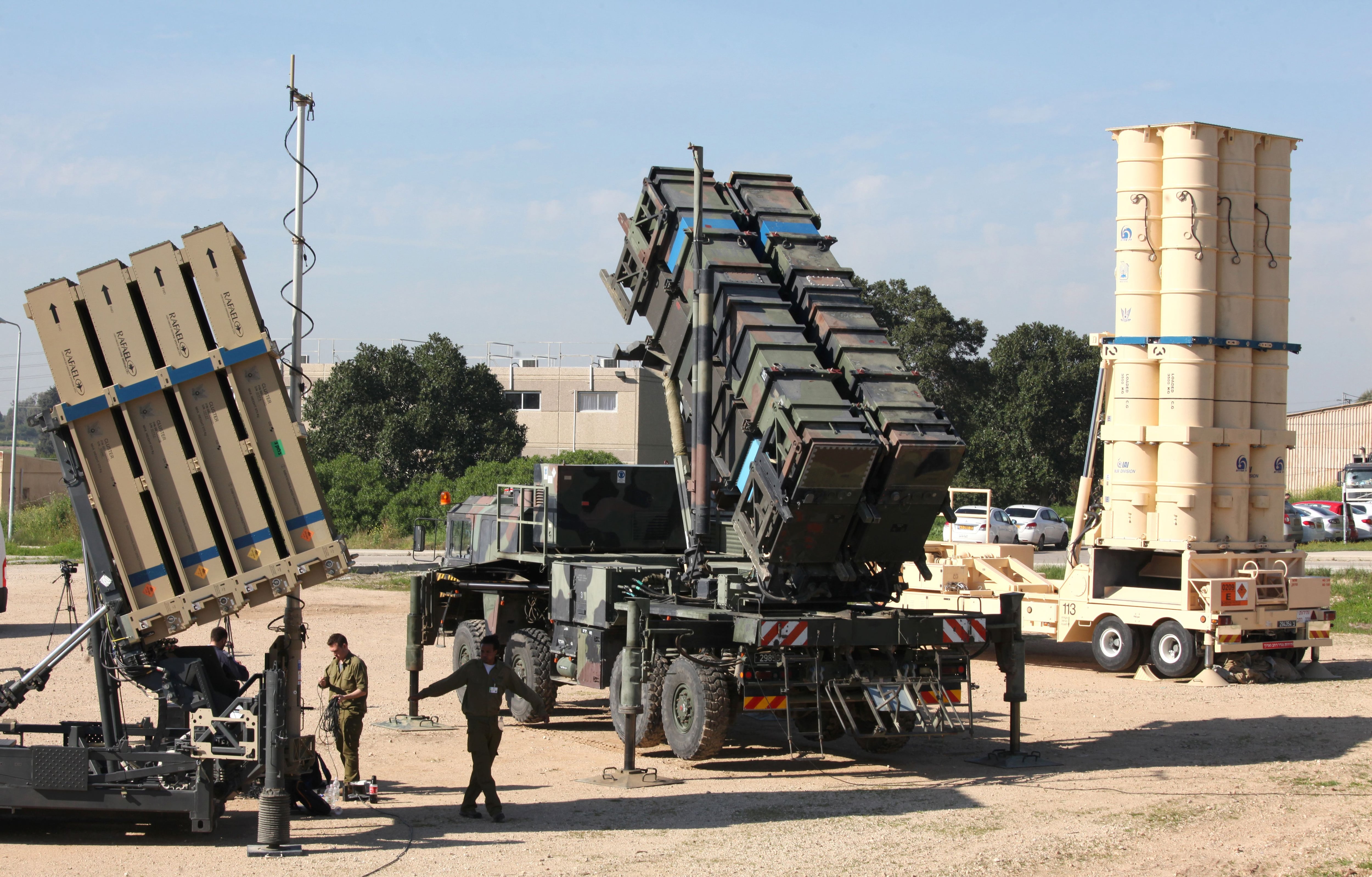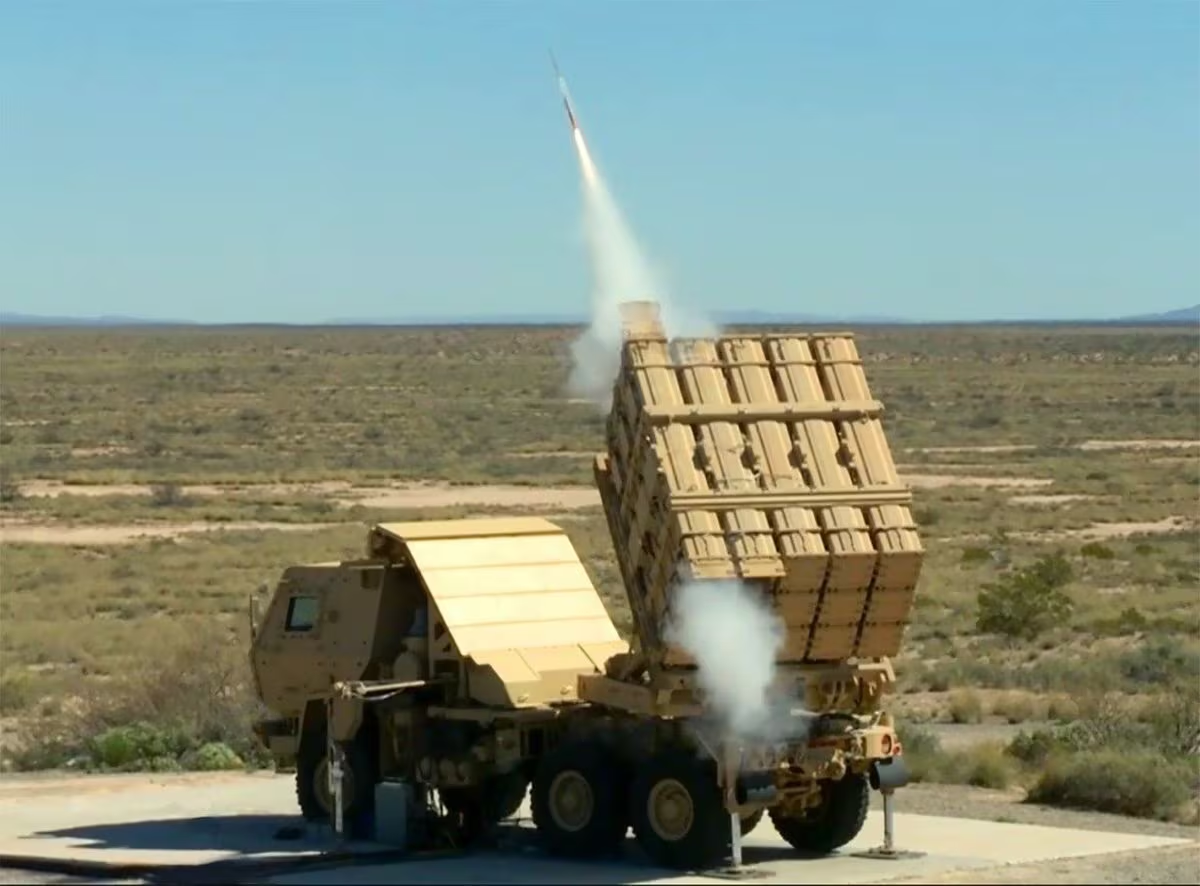HUNTSVILLE, Alabama — The Army is heading toward acquiring an interim cruise missile protection capability as part of an effort being spearheaded by the air-and-missile defense cross functional team within the service’s new Futures Command.
The Army’s AMD CFT took on the Indirect Fire Protection Capability Increment 2 program as one of its priorities in April this year at the request of the Army Under Secretary Ryan McCarthy due to challenges with the baseline program and the need to prioritize the development of a cruise missile defense capability, Col. William Darne, the AMD CFT’s chief of staff, said August 7 at the Space and Missile Defense Symposium.
Originally IFPC Inc. 2 was to address rockets, artillery and mortar threats but then the Army decided to focus on cruise missile and counter-unmanned aircraft systems missions for the increment as the C-RAM threat was being met through a different system in the service’s inventory.
“We are working with the program manager,” Darne said, “and it looks like the direction we are likely to head is we have to come up with an interim capability, something we can get very quickly out there to provide some capability, and then, meanwhile, also figuring out what we need to do with the program of record.”
The move to acquiring an interim solution is a 180-degree turn from what the Army said in March at the Association of the U.S. Army’s Global Force Symposium also in Huntsville. When asked by Defense News then about the possibility of an interim capability for IFPC, Army AMD leaders said they were sticking to their plan to field IFPC in roughly 2023 and were focused on that mission.
But then the House and Senate Armed Services Committee presented similar language aiming for an interim cruise missile solution in their separate fiscal 2019 defense authorization bills released in May and June.
The SASC’s draft would give the Army 30 days following the bill’s enactment to answer the committee on whether to deploy an interim cruise missile defense capability, but also instructed the Army to buy two batteries no later than Sept. 30, 2022 and two more by Sept. 30, 2023.
The HASC’s draft got more specific, requesting the Army experiment with Israeli company Rafael’s Iron Dome, that U.S. company Raytheon has co-developed with the country and the U.S. government has funded, through demonstrations to assess the operational suitability for air and missile defense at fixed and semi-fixed sites.
Ultimately, the National Defense Authorization Act requires the Army to come up with an interim solution and provides $87 million in additional funding to do so, contingent on actual defense appropriations. The FY19 defense spending bill has yet to be passed.
RELATED

Darne said Iron Dome was under consideration for the interim solution, noting the U.S. has made significant investment in the capability and it has demonstrated its ability to get after multiple threats operationally in Israel.
“We are taking a hard look at that, a lot of analysis,” he said. “We’ve made a trip over to Israel in a government to government exchange to determine the capabilities and what’s the secret sauce.”
But many of the decisions on a gap-filler solution are predecisional, Darne added.
“We are working through it but we are considering what the interim gap filler capability will be,” he said. “There are systems out there today that have proven that they can get after the threat sets that we are trying to [defeat].”
But, he added, there is a whole host of challenges associated with which system to choose and the Army is considering issues with interoperability, integration, and “you have to have information assurance, it’s a tough one.”
Information assurance takes years to build, Darne said.
“We are reviewing all of those right now and we are developing a strategy and working closely with the PM and the [Program Executive Office] to come up with a solution,” Darne said. “Part of the challenge is funding so we are waiting to see how that all fleshes out. We’ve been engaged with authorizers and appropriators and there will be a lot more clarity within the next month or two.”
Per the standard Defense Department acquisition process, the Army Cruise Missile Defense Program Office sponsored a DoD Insensitive Munitions Board briefing on Iron Dome’s Tamir missile, according to Raytheon’s vice president of integrated fire protection mission & Israel cooperative programs, Ed Roesly,
Raytheon and Rafael presented test results on two years of recent testing, “demonstrating impressive results in all aspects of Insensitive Munitions certification,” Roesly told Defense News in a statement.
The board had planned to make a formal assessment of the results within 30 days of the briefing, which took place June 21, Roesly, said, so a decision is imminent.
Rafael and Raytheon have already submitted and been approved to qualify Tamir as part of the Army’s competition — the Extended Mission Area Missile — to acquire a second interceptor for the IFPC Inc. 2 program. The Army has already launched Tamir from the Army’s Multi-Mission Launcher, which is also part of the program.
RELATED

“Under the EMAM contract, a fully U.S compliant version of the Tamir missile, called SkyHunter, will meet all information assurance requirements,” Roesly said. “Raytheon is a world leader in cybersecurity for the DoD and looks forward to supporting integration of Iron Dome into the U.S. Army’s Command and Control Network.”
Lockheed Martin’s vice president of integrated air and missile defense within the company’s Missiles and Fire Control business, Tim Cahill, told reporters August 7 that Lockheed has a few solutions that it has offered to the Army for consideration for the interim capability but for competitive reasons preferred not to elaborate on what has been pitched.
Jen Judson is an award-winning journalist covering land warfare for Defense News. She has also worked for Politico and Inside Defense. She holds a Master of Science degree in journalism from Boston University and a Bachelor of Arts degree from Kenyon College.








